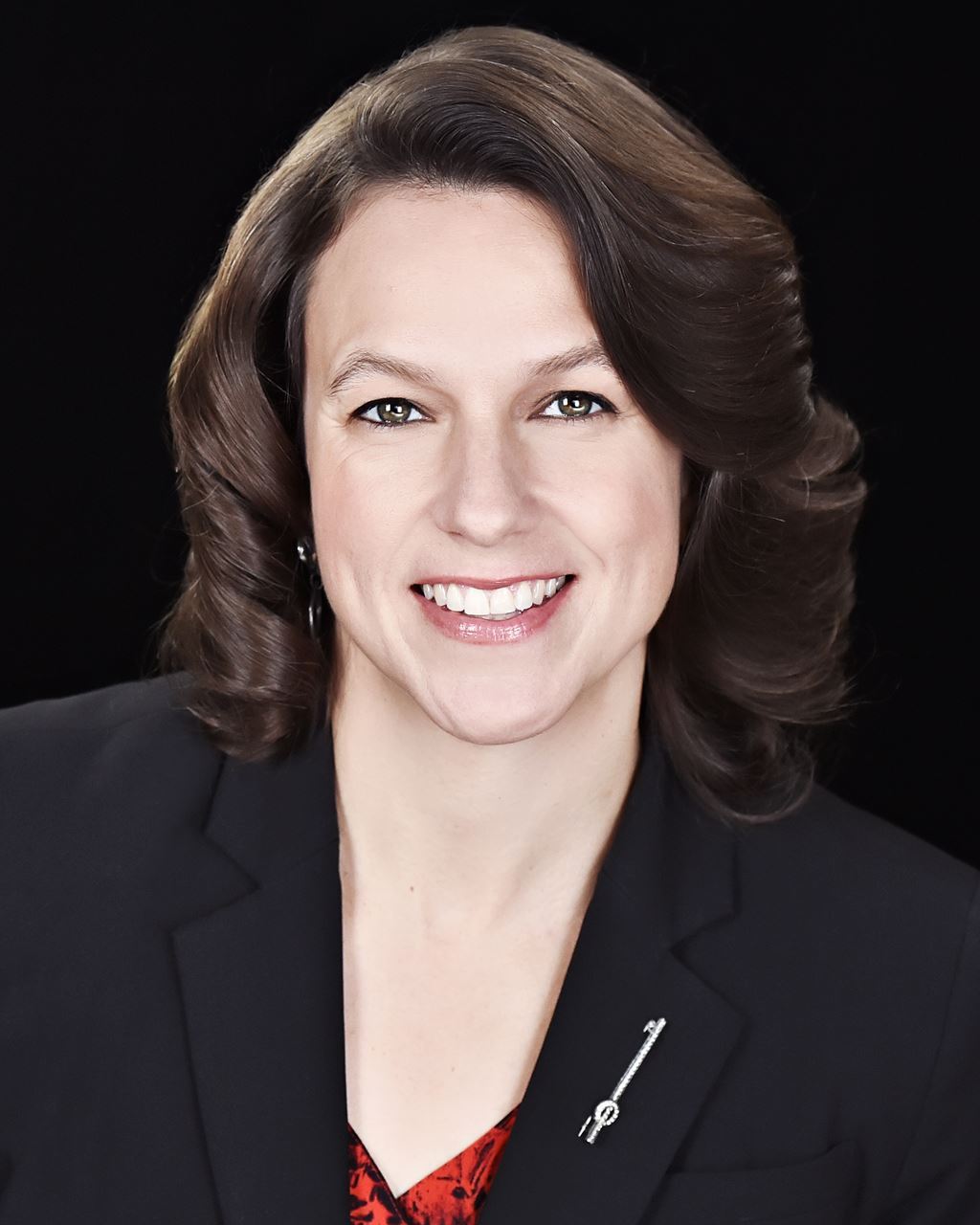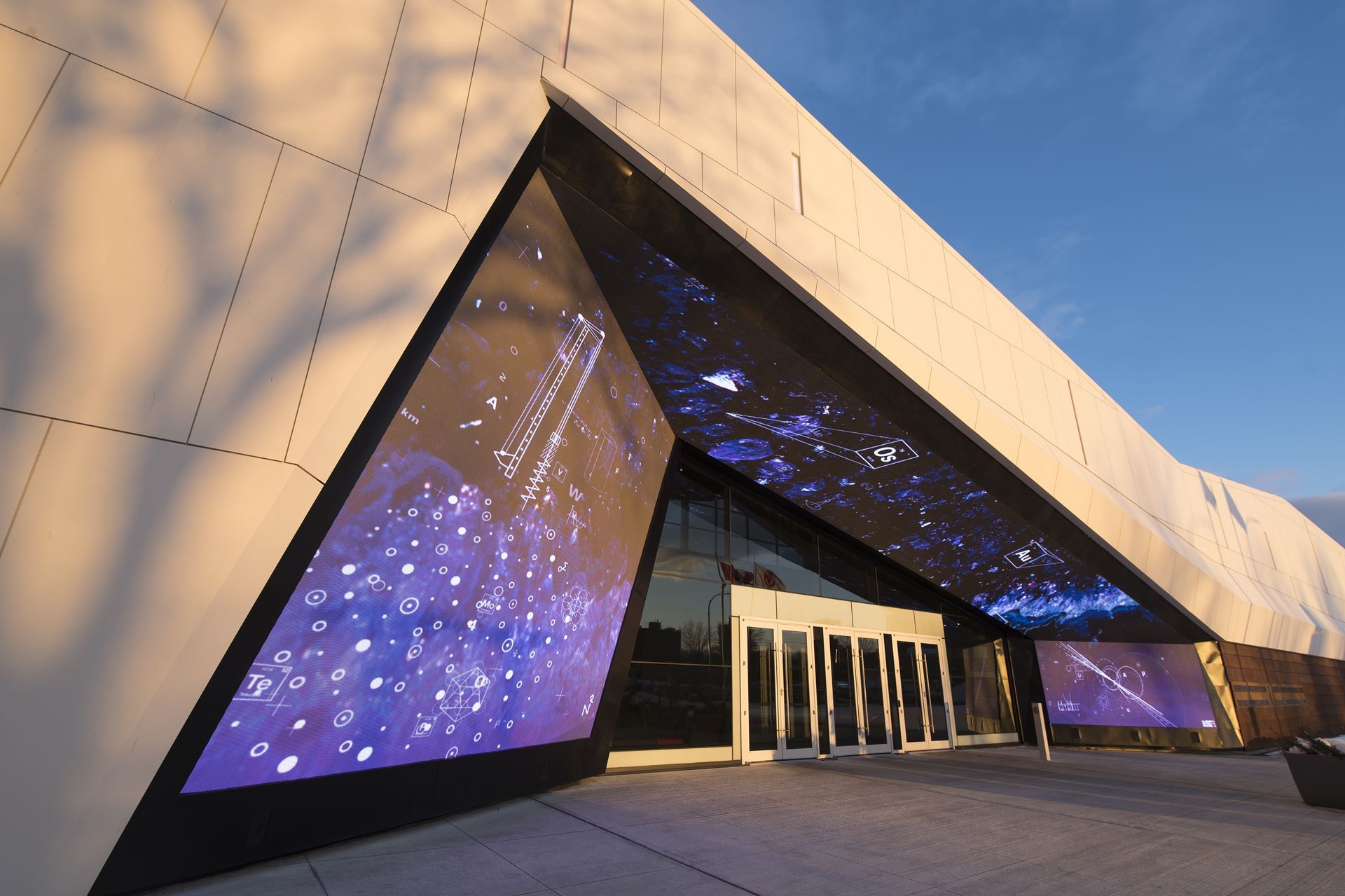Written by: Alice Sun, CASC Science Communication Intern, Environmental Visual Communications Program, Fleming College
Understanding that ‘innovation is not accomplished in silos” is a key for the future of science learning in Canada and to the CASC 2020 conference theme of being a “Global Science Incubator”, but what does that really mean?
For Christina Tessier, the President and CEO of Ingenium, it’s focusing on the act of storytelling instead of barriers. In applying this philosophy, Christina pushes the boundary, doing whatever needs to be done to bring new engaging experiences to museum visitors and creating amazing results throughout her 15-year career in the museum and culture world.
As an emerging science communicator, I was incredibly excited to have the chance to interview Christina. Here, we discuss surprising moments from her career as well as her insights on the future of our science centres and science museums.
Q&A with Christina Tessier

For you, what does the term “breaking down silos” mean?
For Ingenium, I think the term “breaking down silos” is just as important internally as it is externally. We try to reflect this in the way that we work as a team and consider collaboration to be a key value of the organization. When I think about collaboration in a broader sense, I think about how science centres and science museums have always worked together. When I was at the last CASC conference in Halifax, I really felt that warmth and inclusivity of our community and how we want to support each other.
I think our opportunity now is to think far beyond just our own sites across the country, and to consider how we engage with academia, industry, government, NGO’s, artists, and others. To go not only bring them to our tables but to go to their tables. To continue to learn from each other and apply that learning in new ways in the work that we do. I think there are many new kinds of opportunities for continuous learning that we can all benefit from if we can really be focused on not just breaking down silos, but being open to working with new partners, perhaps whom we’ve never thought of before.
Can you give me an example of being open to new opportunities?
Absolutely. We’ve worked extensively with a company SEED out of southern Ontario for 5 or 6 years. They are a gaming studio. When they approached Ingenium originally, it was at a time when they were building the company and they were looking to work with somebody as a partner. They weren’t looking for just a quick contract, but instead wanted to build a partnership where we would both benefit and we could create new Canadian content that we could share in a new way. How could we take museum experiences and make them available through the idea of game development and share them across the country and across the world?
Thankfully, one of my predecessors, Fern Proulx, who was the Interim President and CEO of Ingenium at the time, was very open to working with SEED, and they started working with the Canada Aviation and Space Museum on what has become an entire series on mobile apps and now video games on Nintendo Switch. One of the games, relating to the First World War and flying aces, has already been downloaded 1.4 million times! Next, we have a new space-themed game coming out this Fall, called Starblox Inc. (release date Oct. 18), which builds on this partnership to explore how we combine that sense of play with learning about science and technology.
Ingenium has so many examples of combining science and arts in unique ways. Do you have a favourite or memorable example where the combination yielded some spectacular results?
When I think about that word spectacular, the example that really resonates for me is, in fact, before you even walk into the Canada Science and Technology Museum. There’s a massive LED canopy and a white facade at the front of the building, and this was part of the architectural vision when the building was put together. Those of us that were busy working on the content inside the museum didn’t really think of the display it until it was getting fairly close to the opening of the museum, and we realized we needed to program one of the biggest LED screens in the country!
Feeling fairly uncertain about our ability to do that given the time frame, I approached the National Film Board. We knew that when it comes to audio-visual, they really know their game. They came on board as a great partner in terms of thinking about how to program this display not only from a technical point of view, but also the artistic point of view. We walked up the street, probably a half kilometre stretch, to understand how people would view that space long before they get down to the museum. How would we use the display to attract people to the museum? How would we use movement in the display to catch your eye from far away?
The vision that they came back with not only used the space that was there, but used the colours of the rainbow, geography, and time. They created a 3-minute loop that explores various science and tech themes from coast to coast to coast, and brings in indigenous cultures, which was incredibly compelling for us. It has created a gateway into the museum where you have an opportunity to change your perspectives, before you even see our exhibitions. If you stand nearby you can see the visitors stop and take it all in - little kids run right up to the LED screen, touch it, and are curious about what’s happening around them. We’re excited to continue exploring how we use what we now consider an artistic space, and hopefully work with students and other artists in the country to tell more stories.
Can you tell me about an unexpected outcome from one of your new initiatives?
We have a Women in STEM initiative that includes a travelling exhibition and a poster series, and a number of online components. What’s really been interesting to us is to watch the poster series’ dissemination through a number of Canadian missions and embassies around the world. One of the first places to pick it up was in Kazakhstan, which of course surprised us all. To have created a product that is so easy for others to make use of and share has been a really beneficial way for us to talk about these stories. We’re standing up and saying how important it is for women, and all people frankly, to be considered at every table when we’re talking about science and technology.
So if you had one message to give to the world, what would it be?
We want to be a place where everyone feels that they are welcome, they are relevant and they are valued. I think it’s important for all of us to open our doors and our tables. To encourage a diversity of voices around those tables. To examine ideas on what it means to be a learning organization. To always think about how we can improve what we do, how we do it, and how we make decisions about the work in our science museums and science centres. I think a lot of that comes down to taking risks, and that means being open to failure, thinking about how we can encourage our organization and staff to feel they can take those risks, while creating an environment where we focus on looking back on the process and not necessarily the outcome to measure successes.
As Christina and Ingenium have demonstrated, the future of science learning not only requires you to “break down silos”, but to reach out and be open to unlikely partnerships. It means creating a space where everyone is welcome despite their gender, ethnicity, or abilities. It means contributing to an environment where people feel safe to think outside the box and take risks. That’s what it takes to create innovation, to look beyond just silos, because with an open mind, anything is possible.

*Responses have been edited for length and clarity